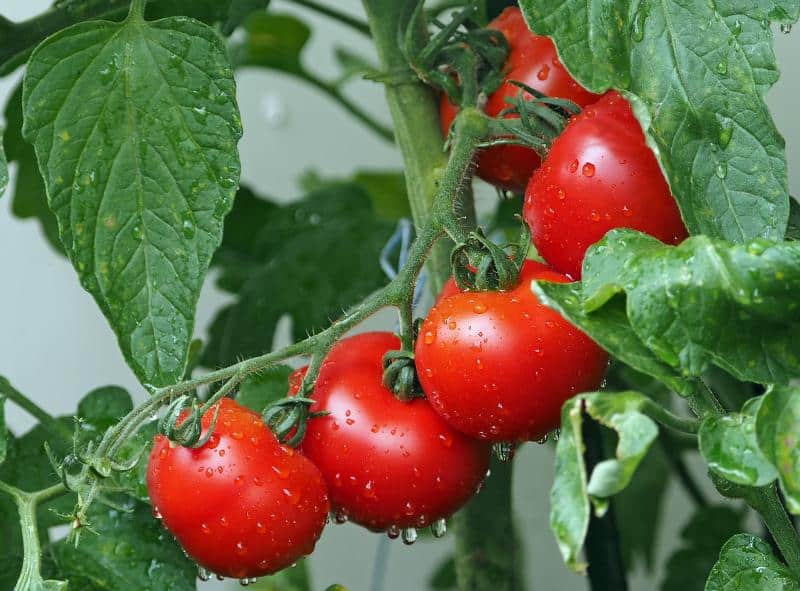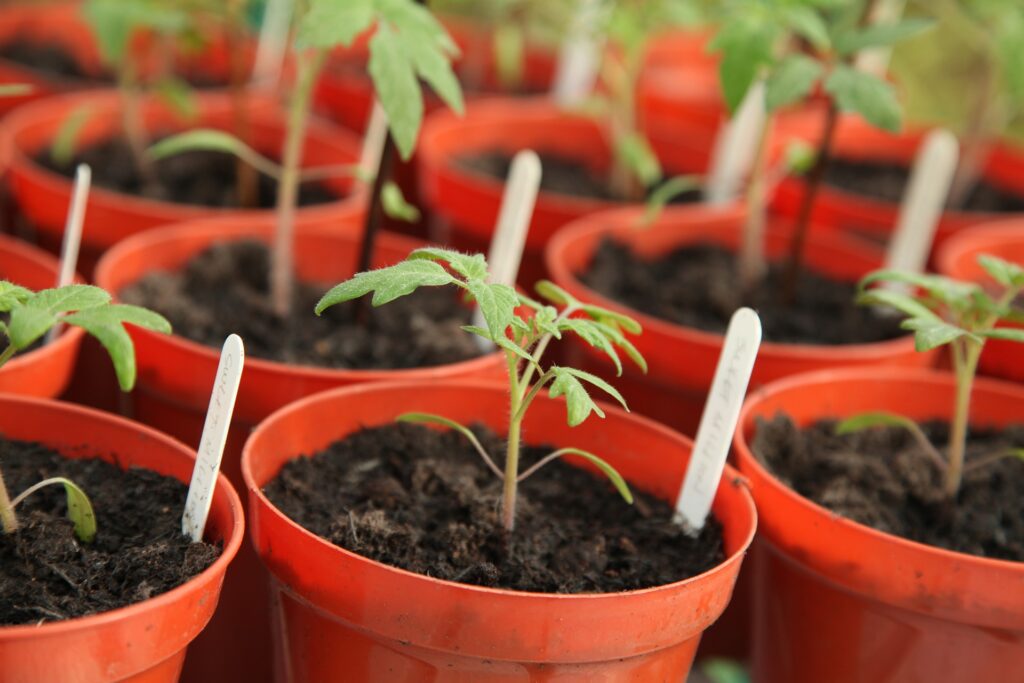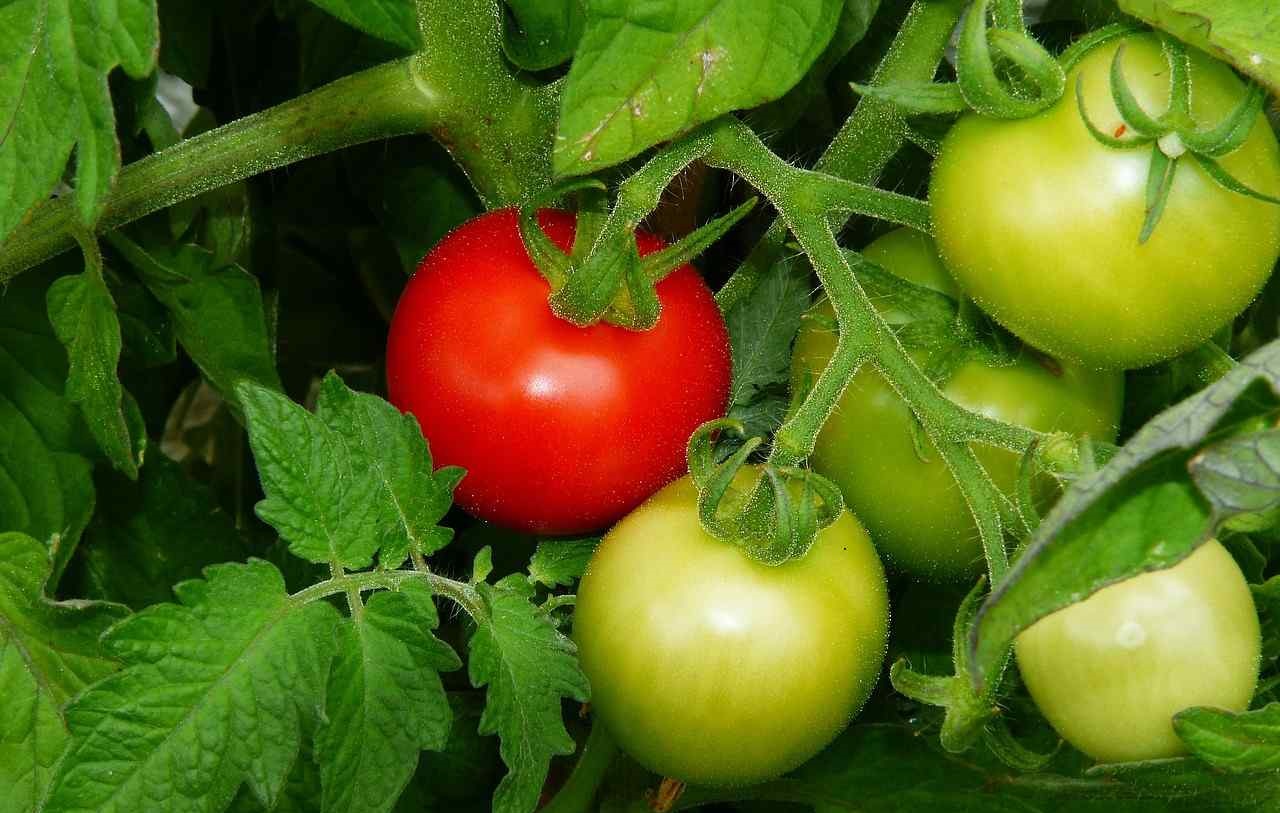In this guide, we’ll go over a variety of methods to successfully propagate tomato plants, including step-by-step instructions, tips, and common pitfalls to avoid.
Why Propagate Tomato Plants?

Propagating tomato plants offers numerous benefits:
Cost-Effective: Instead of purchasing new seedlings every season, you can create new plants from your existing ones.
Varietal Preservation: If you have a particularly delicious or heirloom tomato variety, propagation allows you to maintain that specific strain.
Increased Yield: More plants mean more tomatoes! Propagation can help you maximize your garden space and productivity.
Methods to Propagate Tomato Plants
1. Starting from Seeds
Seeds are the most traditional method to propagate tomato plants. Here’s how you can do it:
Materials Needed:
Tomato seeds (from your existing plants or purchased)
Seed starting mix
Seed trays or biodegradable pots
Water
Plastic wrap or a humidity dome
Steps:
Prepare Your Seed Tray: Fill your seed trays with seed starting mix. Lightly moisten the soil.
Plant the Seeds: Sow the seeds about ¼ inch deep, and cover them gently with soil.
Water: Mist the soil lightly to keep it moist without oversaturating.
Cover: Use plastic wrap or a humidity dome to retain moisture.
Light and Warmth: Place the trays in a warm, bright location or under grow lights.
Germination: Seeds typically germinate in 5-10 days. Remove the cover once seedlings appear.
Transplant: Once seedlings have a few sets of true leaves, transplant them into larger pots.
2. Using Cuttings
Propagating tomato plants from cuttings is a straightforward and effective method. Here’s a simple guide:
Materials Needed:
Healthy tomato plant (for cuttings)
Sharp scissors or pruning shears
Water
Potting soil
Small pots
Steps:
Select Cuttings: Choose a healthy stem from your tomato plant with at least two leaves. Cut a 4-6 inch segment, making the cut just below a leaf node.
Remove Lower Leaves: Remove the leaves from the bottom half of the cutting to prevent them from rotting in water or soil.
Water Propagation: Place the cutting in a glass of water, making sure the leaf nodes are submerged. Change the water every few days. Roots will develop in about a week.
Potting: Once the roots are a few inches long, transplant the cutting into a pot with potting soil. Water gently and provide proper light.
3. Indeterminate Tomato Plant Suckers
Indeterminate tomato plants grow continuously, producing suckers in the leaf axils. These suckers can be propagated to create new plants.
Steps:
Identify Suckers: Look for small shoots growing between the main stem and branches.
Cut the Sucker: Use clean scissors to cut the sucker off the main plant, ensuring you have at least a few inches of stem.
Potting: Plant the sucker directly in moist potting soil or place it in water until roots form, similar to the cutting method.
Caring for Newly Propagated Plants

Regardless of the propagation method you choose, newly planted tomato seedlings require specific care to thrive:
Light: Provide at least 14-16 hours of bright light daily. Grow lights can supplement natural sunlight if necessary.
Water: Keep the soil consistently moist but not soggy. Water when the top inch of soil feels dry.
Fertilization: Use a balanced fertilizer after a few weeks to support healthy growth. Look for a fertilizer high in phosphorus for strong root development.
Hardening Off: Before transplanting your tomatoes outdoors, gradually acclimate them to outdoor conditions over a week or two. Start by placing them outside in a shaded area for a few hours a day, gradually introducing them to full sunlight.
Final Thoughts
Propagating tomato plants can be a fun and fulfilling project for gardeners of any level. By using seeds, cuttings, or suckers, you can expand your garden and ensure a steady supply of delicious tomatoes throughout the growing season. Remember to monitor their growth and provide the care they need to flourish.





